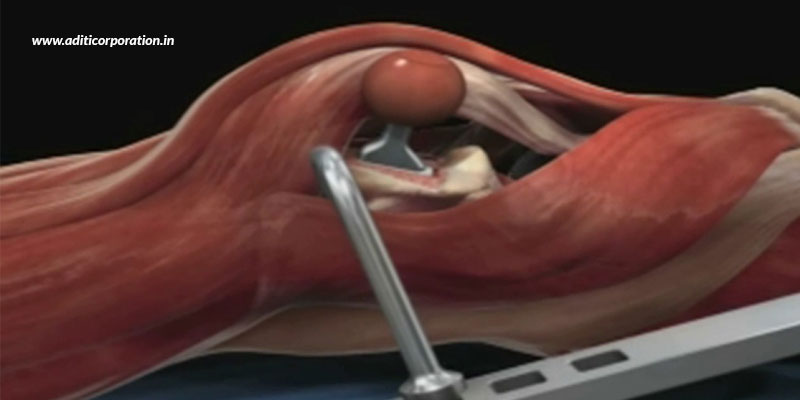
How Good Or Bad Is Anterior Hip Replacement Surgery?
10 JanThe medical field is constantly evolving and improvising to bring better results for patients. Anterior hip replacement surgery is one example that proves this. In this surgery, the hip joint is accessed from the front of the hip, to remove the damaged hip joint and replace it with prosthetic components. This surgery is the subject of ongoing research, which is why many patients are not sure if they would want to opt for it. However, before making any decision, it is always advisable to educate yourself with all the pros and cons of the surgery. so, here in this blog, we bring to you a detailed list of the advantages and disadvantages of anterior hip replacement surgery, which can help you decide as to whether you would want to opt for it, or choose the traditional posterior total hip replacement in Bangalore instead.
Advantages of anterior hip replacement
Anterior hip replacement involves lesser cutting of muscles
The anterior approach cuts off minimal muscles for performing the surgery as there are fewer muscles at the front of the hip, as compared to the back. In fact, surgeons prefer working between the muscles at the front, rather than cutting through them, or detaching them from the bones. This means there is lesser muscle damage and lesser repairs made at the end of the surgery.
Patients experience lesser pain with the anterior approach
Because there is zero or minimal muscle cutting, there is obviously lesser blood flow and lesser pain as compared to the traditional hip replacement surgery. This means lesser pain medications too.
Anterior hip replacement is less risky
As anterior hip replacement does not involve cutting the muscles, the tissues and muscles are left undisturbed, which provides a natural and guaranteed support for the prostheses, thus lessening the cases of dislocation.
Patients can recover faster with the anterior approach
Lesser muscle damage and lesser pain mean that the patient is at ease, which aids in faster recovery. As a matter of fact, patients can bend their hips and bear weight on it at an earlier period than patients undergoing the traditional approach. Patients who undergo the anterior approach are seen to walk unaided almost a week earlier than other hip replacement patients. And, it is obvious that if a patient is undergoing lesser pain, and can experience faster recovery, it means he will require a comparatively shorter stay in the hospital.
Disadvantages of anterior hip replacement
Only experienced surgeons can perform anterior hip replacement
You need to be sure that your surgeon has an experience to perform anterior hip replacement. If not, it could be risky for you.
Obese patients cannot undergo anterior hip replacement
Obese patients have additional soft tissue at the front of the hip, which could make it difficult for the surgeon to access the hip joint. This is why obese patients are not advised this kind of surgery.
Nerves could be damaged in the anterior approach
Although there is no muscle damage in this procedure, nerves are likely to be damaged. This is because the area near the lateral cutaneous femoral nerve that runs down the front of the pelvis and past the hip is operated upon. If any kind of disturbance is made to this nerve, it could result in damage. However, there is only a 1% possibility of this injury to occur.
Only after considering these pros and cons, and consulting with your surgeon, should you decide whether you must opt for an anterior hip replacement or a traditional total hip replacement in Bangalore.

